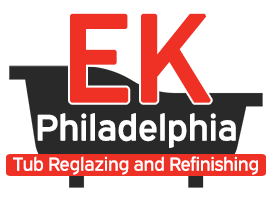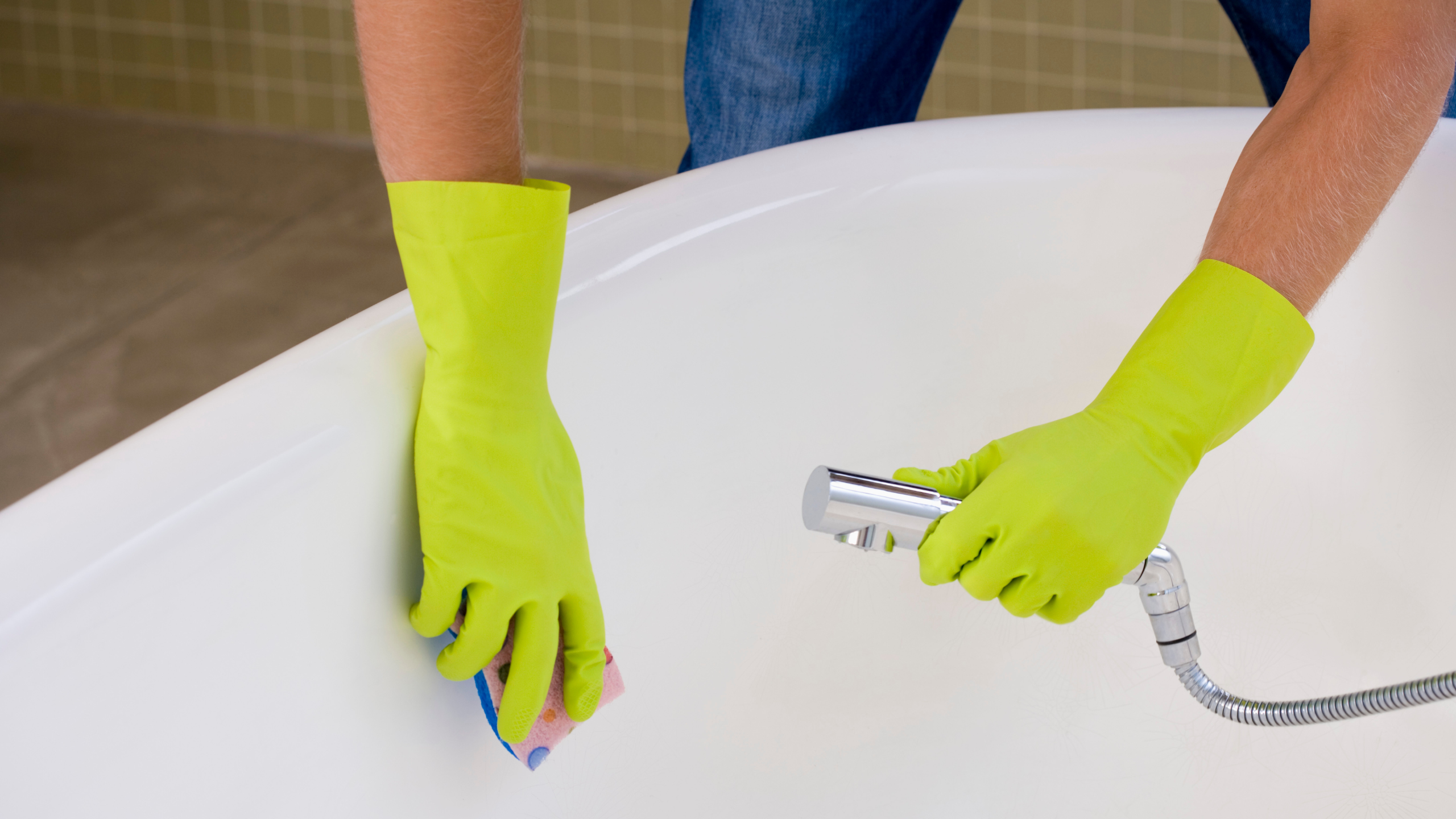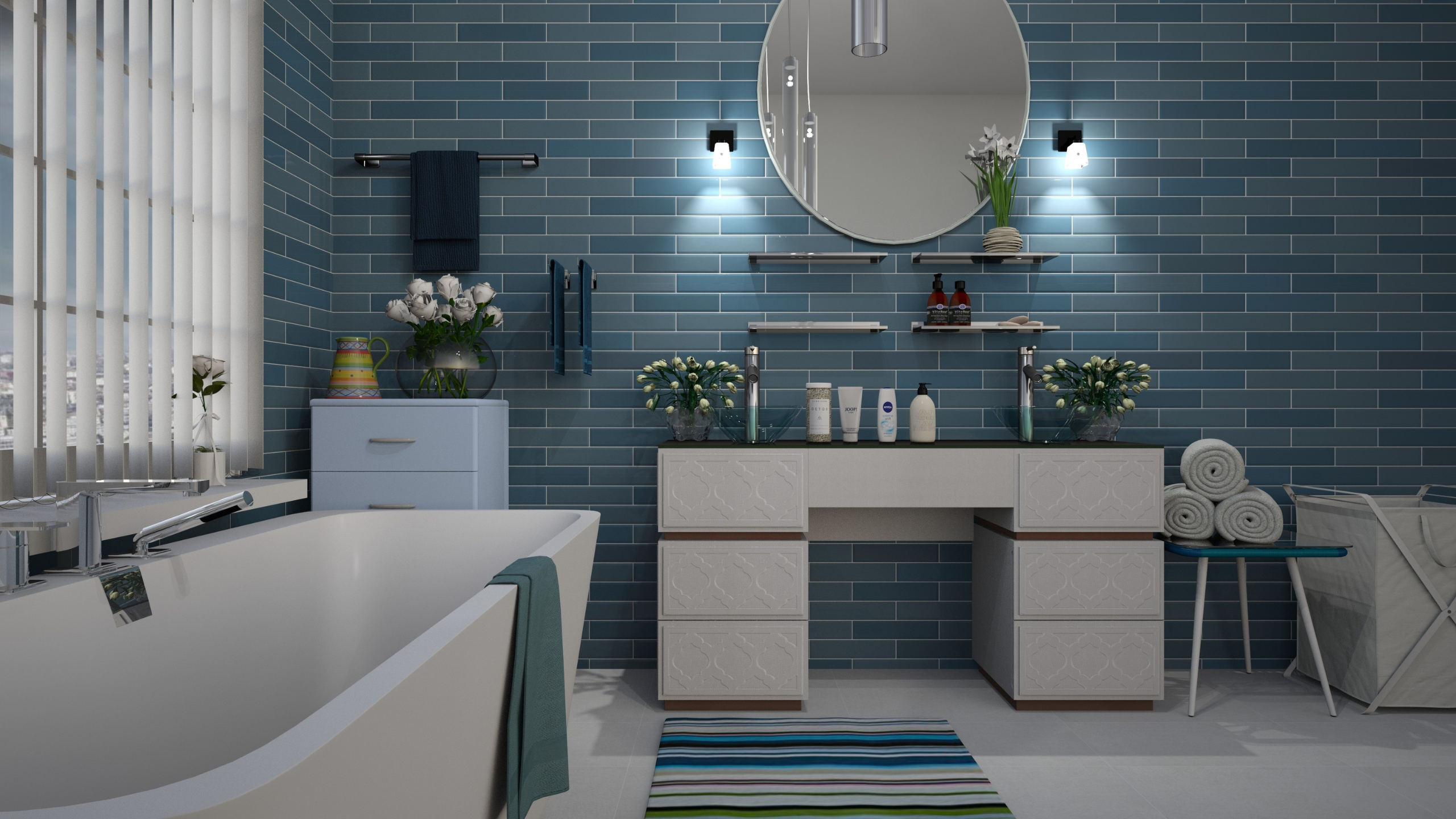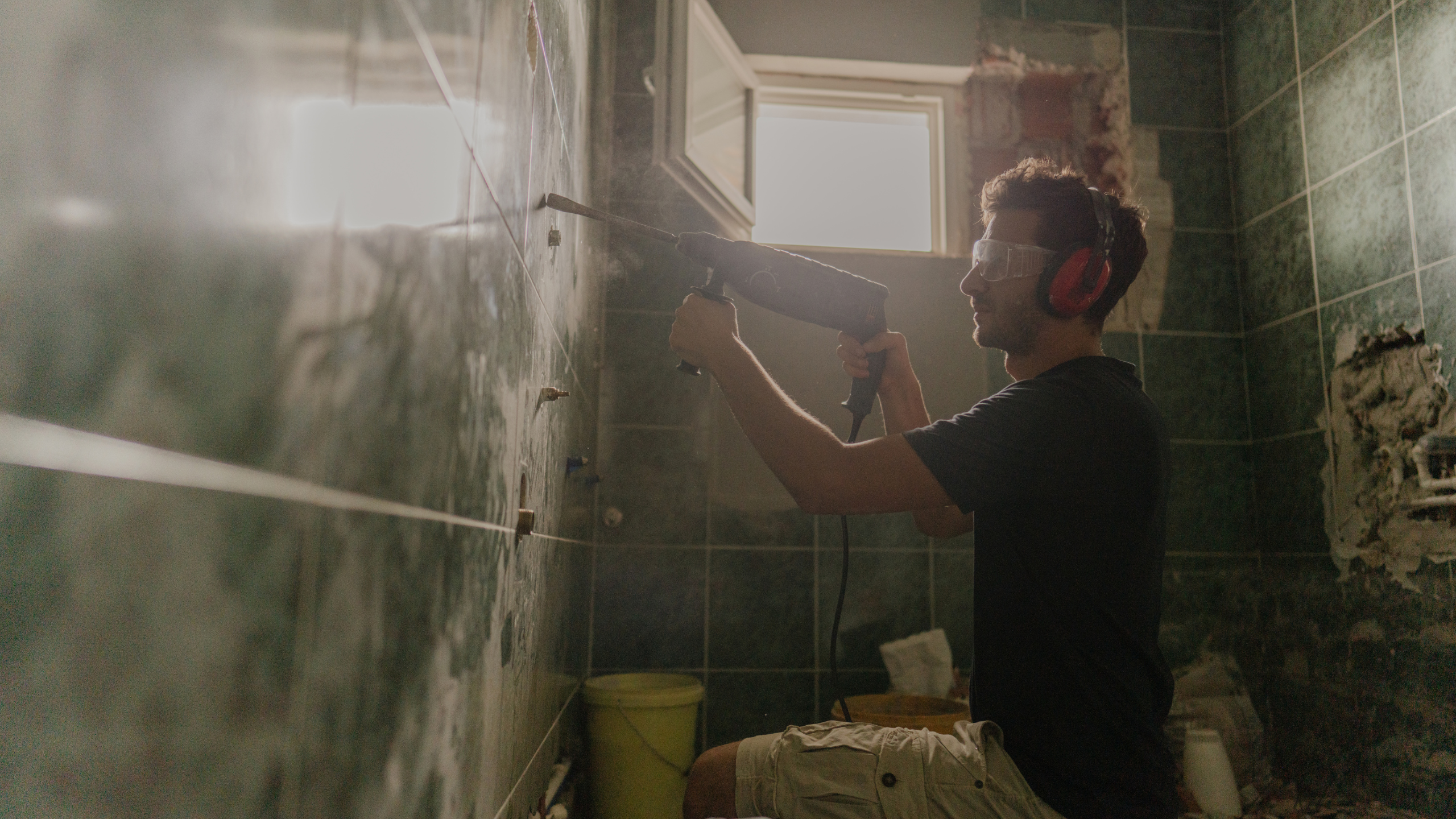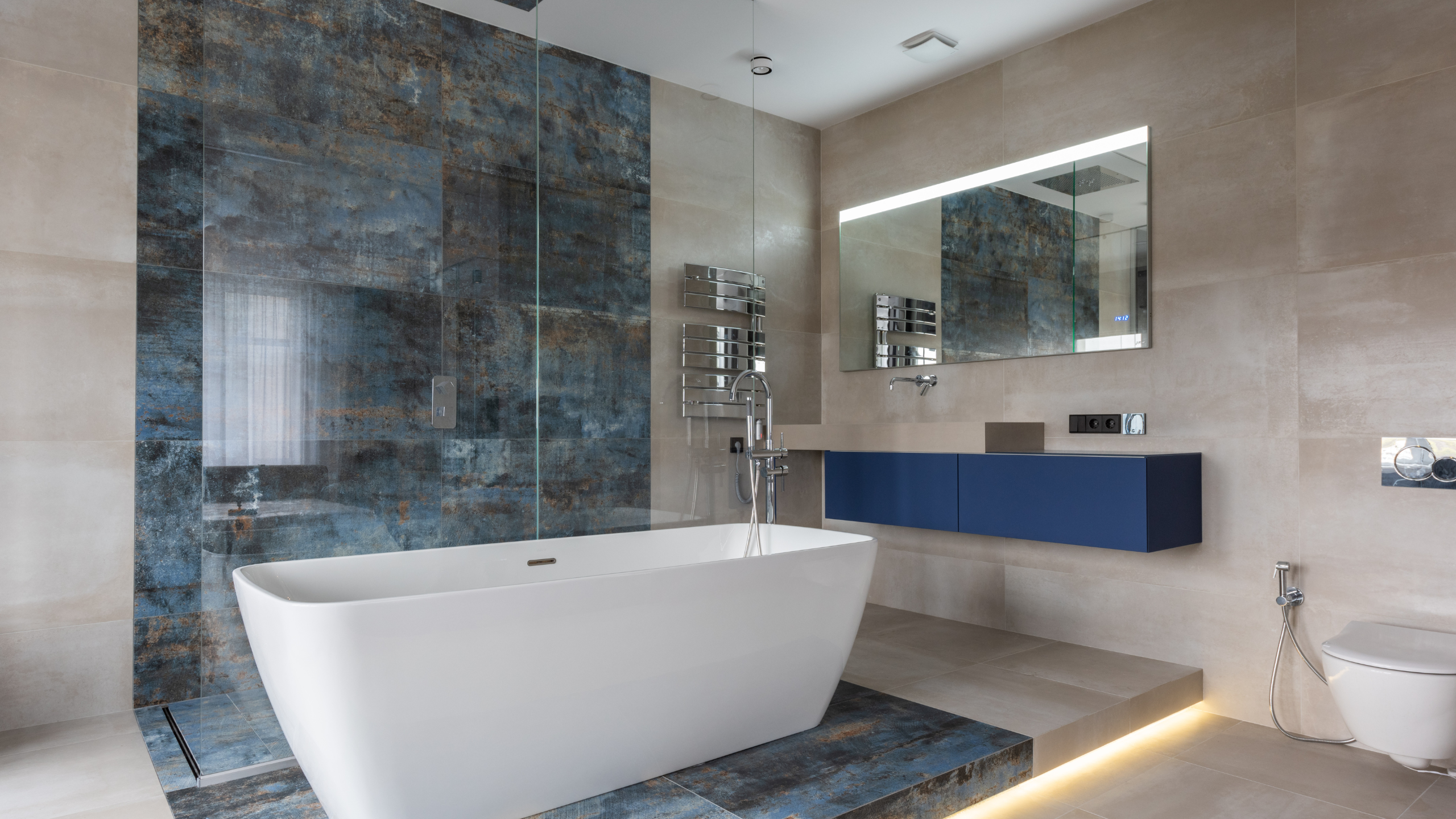Reglazing, also known as refinishing or resurfacing, presents an economical and eco-friendly alternative to replacing your bathtub entirely. This process entails meticulously preparing the existing surface, repairing any imperfections, and applying a durable coating that not only rejuvenates the appearance but also reinforces the tub’s structural integrity. With its ability to transform an old, worn-out bathtub into a sleek and modern fixture, reglazing has rightfully earned its reputation for affordability and convenience. However, it’s imperative to grasp the potential constraints and considerations associated with this revitalization method to ensure optimal results and longevity. Ready for a bathtub makeover? EK Philadelphia Tub Reglazing and Refinishing is just a call away!
How Long Does It Take to Refinish a Bathtub?
One of the primary advantages of reglazing is its quick turnaround time compared to the extensive bathtub replacement process. Unlike the weeks or months it can take to select, purchase, and install a new tub, reglazing offers a swift solution that can typically be completed within a day or two. This efficiency benefits homeowners seeking to upgrade their bathrooms without enduring prolonged disruptions. However, it’s imperative to recognize that the key to a successful reglazing job lies in meticulous preparation and thorough curing. Rushing through these crucial steps may compromise the finish’s quality and diminish the results’ longevity.
How Long Will a Bathtub Refinish Last?
The durability of a reglazed bathtub hinges on many factors, encompassing the caliber of materials employed, the proficiency of the technician undertaking the project, and the diligence with which the tub is maintained afterward. A reglazed bathtub can typically endure anywhere from 5 to 10 years with adequate care and maintenance. Adhering to a regular cleaning regimen with non-abrasive solutions and conscientiously steering clear of harsh chemicals is paramount in preserving the integrity and luster of the reglazed surface, prolonging its lifespan, and ensuring years of enjoyment from your revitalized bathtub.
9 Bathtub Refinishing & Reglazing Problems (& How to Avoid Them)
While reglazing can provide a cost-effective alternative to replacement, it’s challenging. Here are nine common problems associated with bathtub refinishing and how to avoid them:
1. Peeling or Bubbling: Ensure proper surface preparation and application techniques are followed to prevent adhesion issues.
2. Uneven Finish: Thoroughly clean and sand the bathtub surface before reglazing to achieve a smooth, uniform coating.
3. Discoloration: Use high-quality, UV-resistant coatings to minimize the risk of yellowing or fading over time.
4. Chemical Sensitivity: Choose coatings specifically formulated for bathtub reglazing and avoid harsh cleaners that can damage the surface.
5. Cracks or Chips: Repair any damage to the bathtub before reglazing to ensure a seamless finish.
6. Odor: Proper ventilation during reglazing can help dissipate any strong smells associated with the coating materials.
7. Dust or Debris: Work in a clean, controlled environment to minimize the risk of dust or debris contaminating the freshly applied coating.
8. Water Damage: Address any leaks or water damage in the bathtub or surrounding areas before reglazing to prevent future issues.
9. DIY Mishaps: While DIY reglazing kits are available, hiring a professional ensures proper preparation and application for long-lasting results.
Reglazing may not be suitable for severely damaged or structurally compromised bathtubs. In such cases, replacement might be necessary.
It’s essential to assess the condition of the bathtub carefully before deciding whether reglazing is the right option. Severely damaged or structurally compromised tubs may not adhere to the reglazing process and could require more extensive repairs or replacement. Consulting with a professional reglazing technician can help determine the best course of action for your specific situation.
Conclusion
Reglazing offers a convenient and cost-effective way to breathe new life into tired bathtubs, but it’s not a one-size-fits-all solution. Understanding the limitations of reglazing, such as its suitability for severely damaged tubs and the potential for issues like peeling or discoloration, is crucial for making an informed decision. By addressing these limitations and following proper maintenance techniques, you may take advantage of a freshly reglazed bathtub for years.
